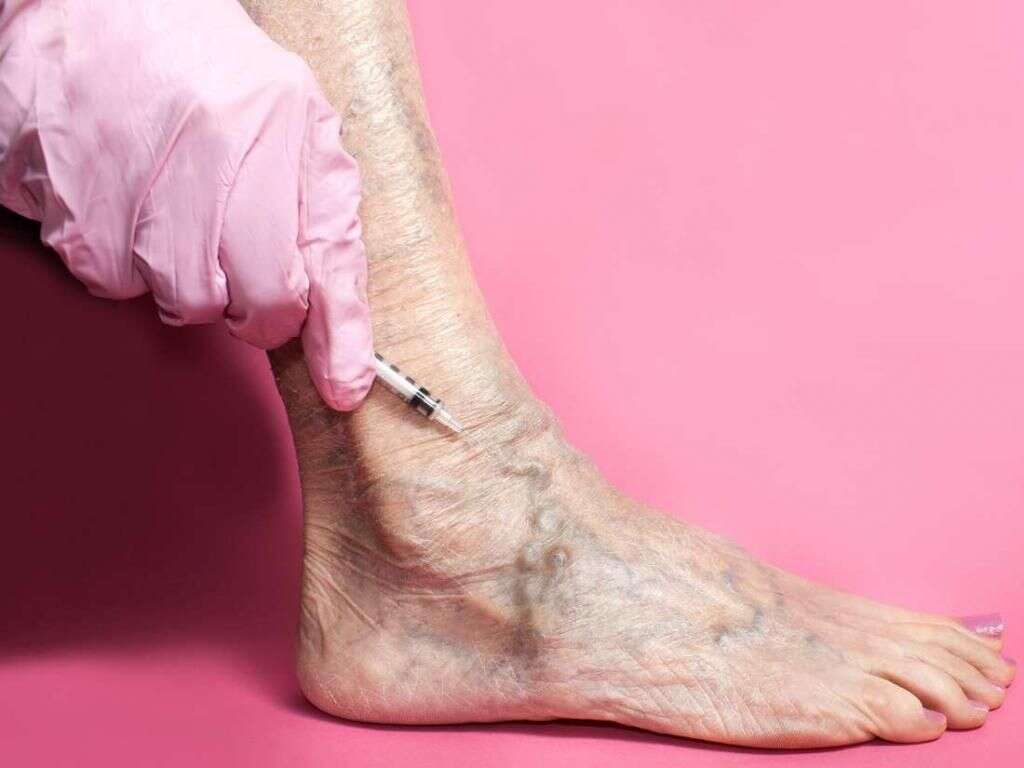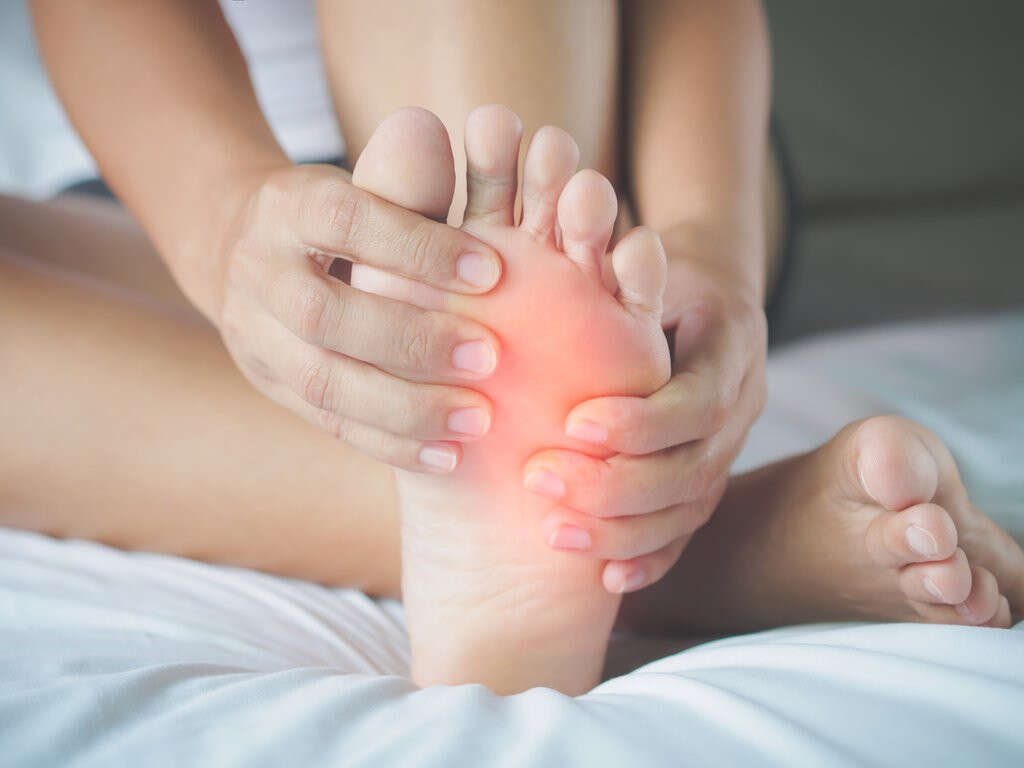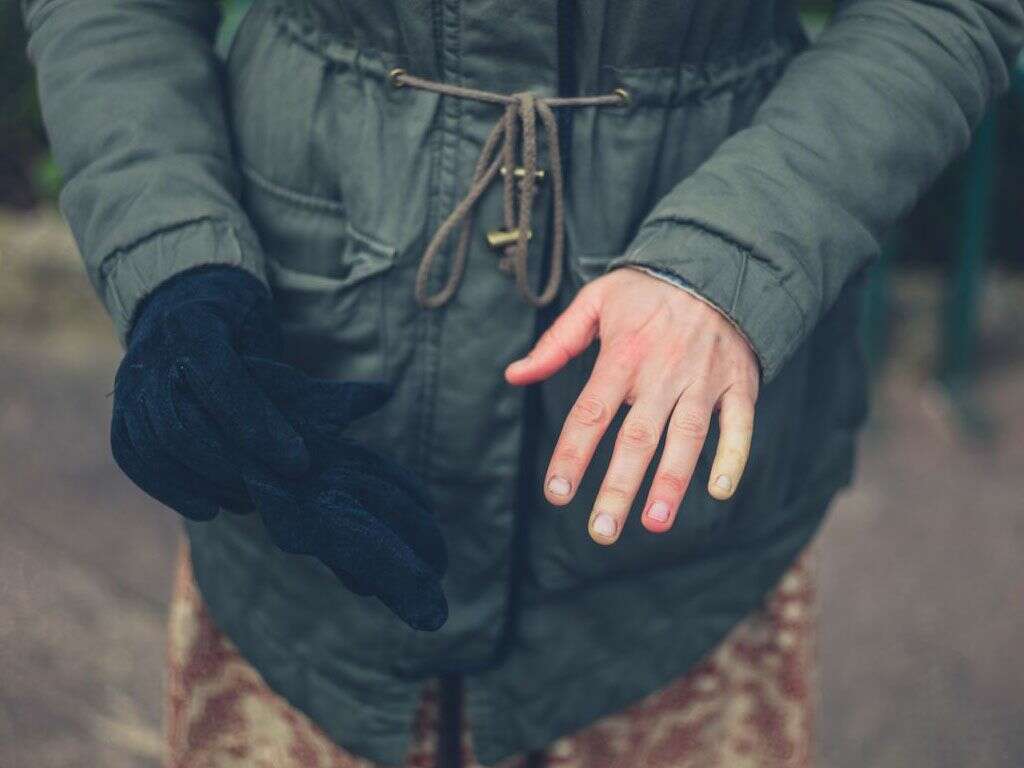What Is Raynaud's Phenomenon?
Raynaud’s, sometimes referred to as Raynaud’s disease, syndrome or phenomenon, is a condition that causes a disruption in circulation to the hands. It is a relatively rare condition that affects the arteries that deliver blood throughout the body.
While you may be actively anticipating the cooler weather’s arrival, for some people, that cold weather leads to pain and circulatory distress. The body reacts to cold weather by adjusting blood flow. In some cases, that process malfunctions, and blood vessels constrict so much that they begin to spasm. This is known as vasospasm. When vasospasm occurs in the hands and feet due to exposure to cold, it is often due to a condition known as Raynaud’s disease.
1. What Causes Raynaud’s Disease?
There are two main types of Raynaud’s. When the condition is diagnosed on its own and is unrelated to other medical concerns, it is called primary Raynaud’s or Raynaud’s disease. This is the most common form of the disorder and, although the cause is known, it tends to be less severe than the secondary type. Secondary Reynaud’s, or Raynaud’s phenomenon, is brought on by another medical condition.
Symptoms of Raynaud’s are not always present but rather occur as attacks or flares. These are caused by exposure to cold or stress. Even a mild change in temperature over a short period can lead to an attack. For example, taking food or ice from the freezer can cause fingers to turn blue until they are warmed.
2. What Are the Symptoms?
Symptoms from Raynaud’s can range from mild to severe. The most common symptoms of Raynaud’s syndrome are fingers that become pale when exposed to the cold. The coloration will generally progress from white or yellowish to blue. Once the hands are warmed, they will turn pink or red.
Some people experience pain, tingling and numbness associated with the disorder. Symptoms may also be caused or aggravated by stress or emotional upset. Additionally, Raynaud’s disease can affect the toes and, in rare instances, other areas of the body, such as the ears, nipples and nose.

3. How Is It Diagnosed?
Many people can diagnose Raynaud’s phenomenon in themselves because its symptoms are relatively distinctive. However, others may live with pain, tingling and numbness for years before seeking a diagnosis. A complete medical history and physical examination can uncover the disorder in most cases.
Doctors will look for signs of discoloration of the hands and feet that indicate reduced blood flow to those areas. They may also check for physical sensation changes, such as a feeling of pins and needles when affected areas are touched. A cold challenge test can complement these observations.
4. What Tests Are Used?
A specialized diagnostic procedure, known as a cold stimulation test, is used to expose patients to the most likely conditions to generate a Raynaud’s response. A small temperature sensor is attached to the fingers. Then the hands are placed in ice water to produce a response. When removed, the time it takes for the hands to return to their original temperature is measured. This can indicate a deficiency and, most likely, Raynaud’s syndrome.
Many doctors will also examine the blood vessels within fingernails under a microscope to gauge their health. Because Raynaud’s is often associated with other medical conditions, doctors may also perform other diagnostic tests. Blood tests can help determine if the condition is a primary or secondary one.

5. What Other Disorders Are Linked to Raynaud’s Disease?
Although the cause of Raynaud’s is unknown, it is often closely associated with other medical conditions. Secondary Raynaud’s commonly occurs as the result of an autoimmune disorder. Lupus, Sjögren syndrome and Rheumatoid Arthritis are just a few examples.
Diseases that affect connective tissue, such as Polymyositis, are also associated with the condition. Certain types of vascular disease, such as atherosclerosis and pulmonary hypertension, and thyroid disorders, can be connected to Raynaud’s phenomenon.
6. Who Is at Increased Risk of Developing Raynaud’s?
Several risk factors increase your chance of developing Raynaud’s disease. One of them is age. Primary Raynaud’s is almost always diagnosed before people turn 30, while the secondary condition is more commonly diagnosed after that age. Additionally, it appears to run in families, and women are at a much greater risk than men for developing the condition.
A previous autoimmune or connective tissue disorder diagnosis increases your chances of developing it. Smoking and certain medications used to treat cancer, migraine, blood pressure disorders and colds or allergies, are associated with increased instances of Raynaud’s phenomenon. Cold climates, certain working conditions and an injury to the hands or feet are also associated with it.
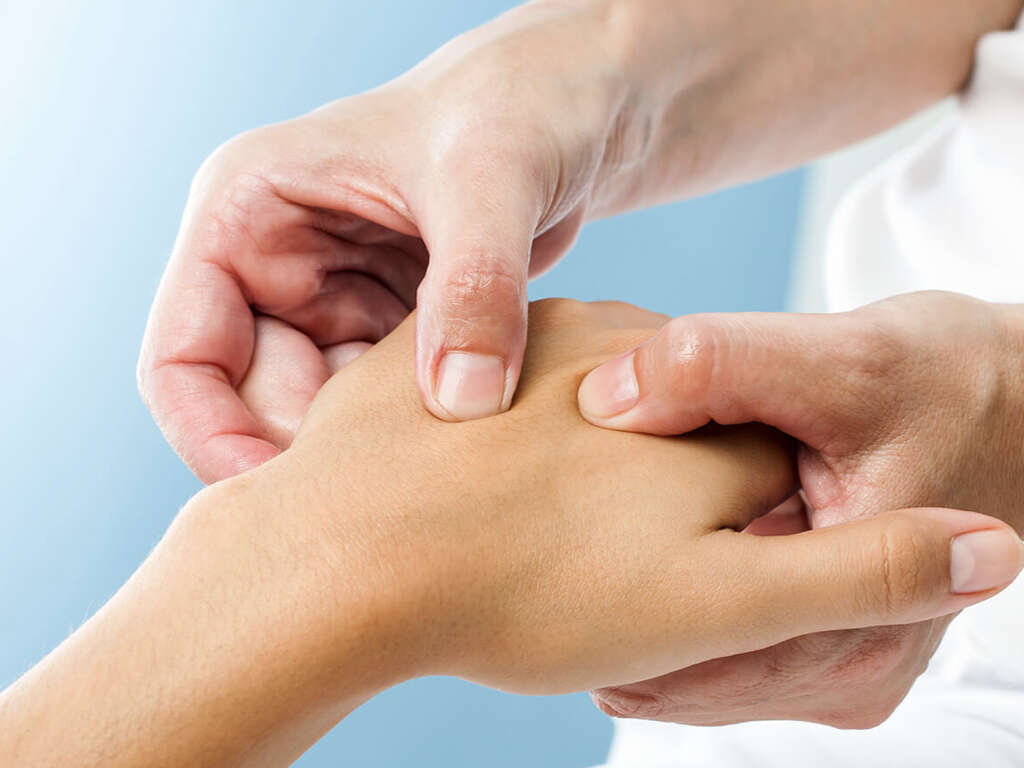
7. Can Raynaud’s Syndrome Be Treated?
Most patients can successfully manage symptoms by avoiding extreme cold or protecting the affected areas with warm clothing. Finger guards may help speed the healing of sores on hands affected by poor circulation. People can reduce the chance of damaging the hands by limiting the use of vibrating tools that could lead to trauma. Certain medications used to treat blood pressure can reduce contrition in blood vessels and may help reduce symptoms of Raynaud’s disease.
If Raynaud’s is caused to an underlying medical condition, a multifaceted approach is necessary.1Hughes, M and Herrick, A.L. Raynaud’s phenomenon, Best Practice & Research Clinical Rheumatology, Vol 30, 1 (2016): 112-132. Doi: 10.1016/j.berh.2016.04.001. Treating that condition may help mitigate symptoms of the disorder. In extreme cases, there are surgical interventions that can reduce the frequency of attacks.
8. What Procedures Are Used to Treat Raynaud’s?
Most people can control attacks and address symptoms without resorting to surgical intervention. When necessary, there are a few procedures that can help ease discomfort and restore normal function. These are primarily designed to restore blood flow to the affected area of the body.
This is achieved by blocking the nerves that control the arteries. They are then unable to spasm and constrict. This can provide relief, but it only lasts for a few years before the procedure will need to be repeated.
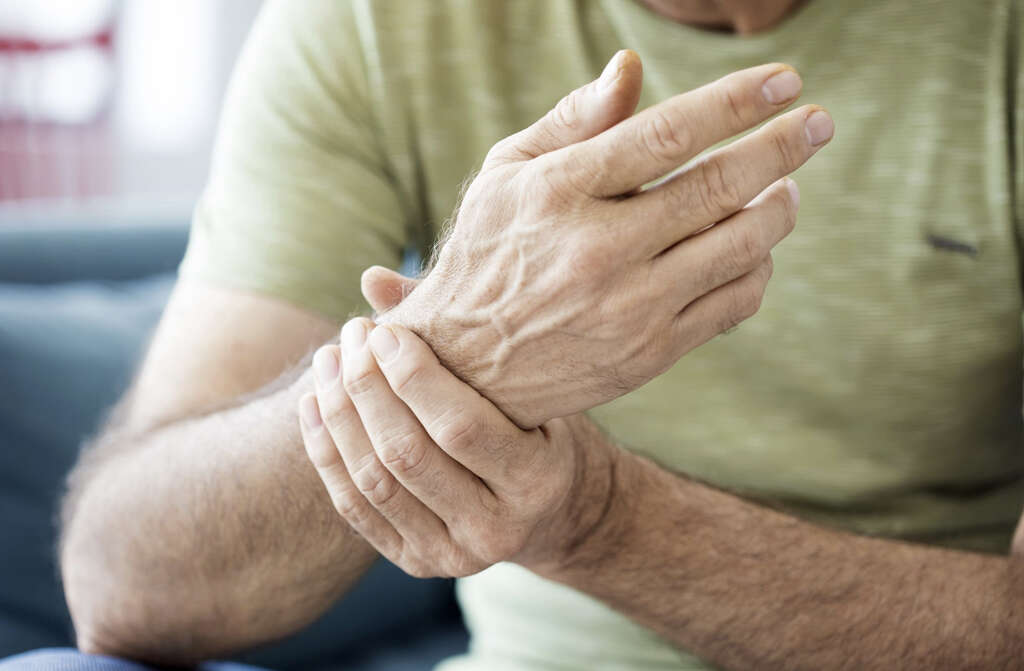
9. What Type of Doctor Treats Raynaud’s Phenomenon?
Many people can receive care for Raynaud’s syndrome directly through a primary care provider. Secondary Raynaud’s will often be managed by the doctor who is responsible for your other medical conditions. In most cases, this will be a rheumatologist. These are specialists that focus on disorders affecting the joints, muscles and soft tissues.
Individuals who experience severe symptoms may also need to see a vascular specialist to find relief. These are a particular type of cardiologist who treats the circulatory system’s disorders, including veins and arteries.
10. What Is the Prognosis After the Diagnosis?
Most people can live full lives after being diagnosed with Raynaud’s phenomenon. Lifestyle changes can help reduce the frequency of attacks. A few worth considering are avoiding exposure to extreme cold, wearing protective clothing like gloves, massaging fingers and hands when they are cold, and learning relaxation and stress reduction techniques.
Increased exercise and maintaining a healthy weight can help improve overall cardiovascular function, which may reduce the intensity of attacks. Avoiding cigarette smoking and other nicotine products can help lessen Raynaud’s effects and preserve healthy tissue.



